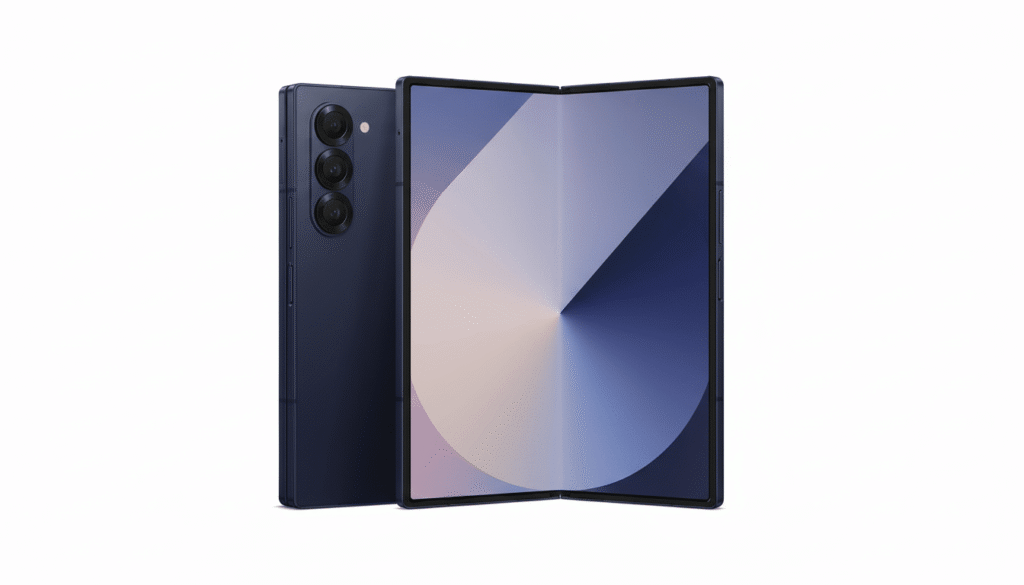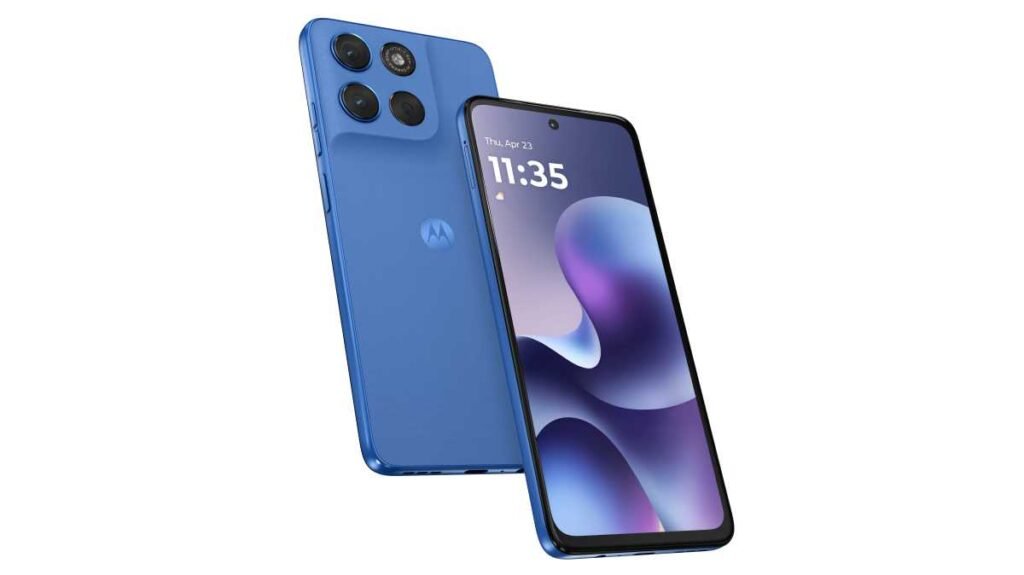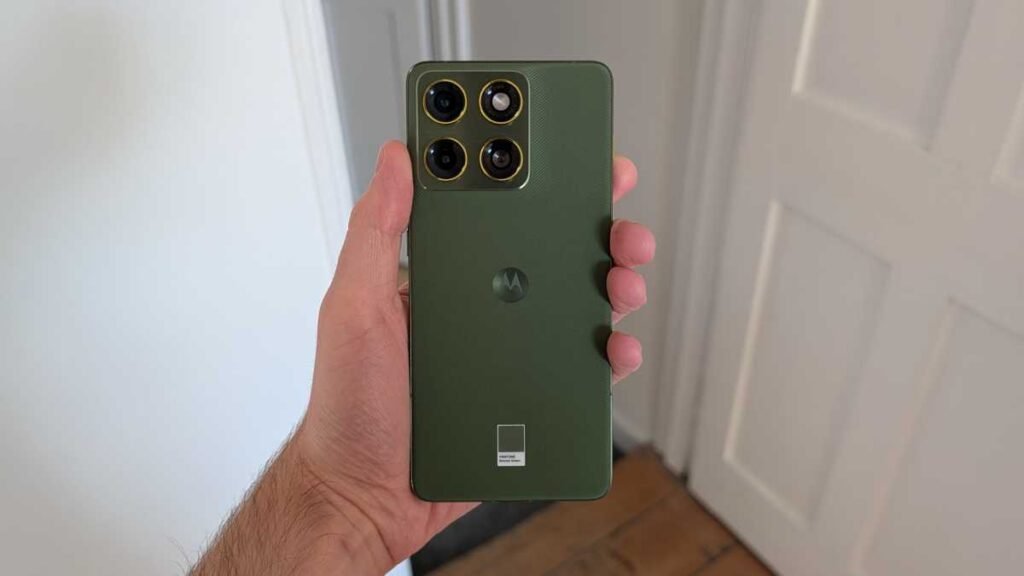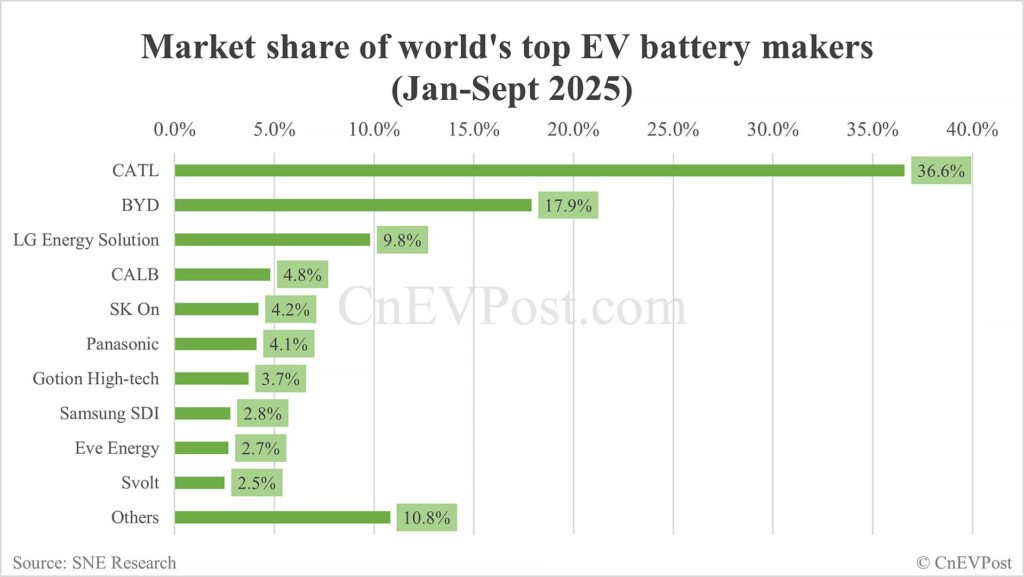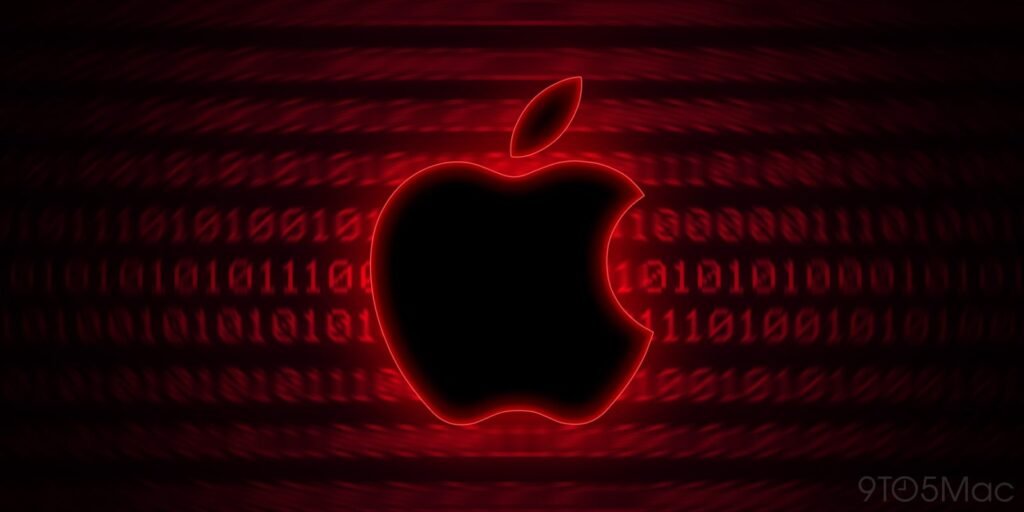Key factors fueling the growth of the direct satellite-to-phone cellular market include rising demand for ubiquitous mobile connectivity, growing need to provide coverage in remote and disaster-prone areas, and increasing demand for flexible, resilient communication solutions that operate beyond traditional cellular network boundaries.
WILMINGTON, Del., Nov. 5, 2025 /PRNewswire/ –Allied Market Research published a report titled “Direct Satellite-to-phone Cellular Market – Global Opportunity Analysis and Industry Forecast, 2025-2034,” valued at $2.5 billion in 2024. The market is expected to grow at a CAGR of 32.7% from 2025 to 2034, reaching $43.3 billion by 2034.
Report Overview:
The direct satellite-to-phone cellular market focuses on providing seamless mobile connectivity in remote and underserved regions by eliminating the need for terrestrial infrastructure. These solutions are essential for ensuring communication during emergencies, natural disasters, and in off-grid locations, enabling users to stay connected without relying on traditional cellular networks. Direct satellite-to-phone cellular plays a critical role in modern connectivity strategies, especially with the increasing shift toward mobile-first solutions by enterprises, governments, and consumers seeking uninterrupted communication across regions. The growth of the direct satellite-to-phone cellular market is driven by the rising demand for global connectivity, greater adoption of satellite-enabled mobile devices, and a heightened need for resilient communication tools among users. In addition, the growing number of extreme weather events and infrastructure gaps, such as in rural and maritime areas, has increased demand for reliable satellite-based solutions.
However, challenges such as high device costs, spectrum regulations, and variability in network performance may hinder market expansion. Nonetheless, opportunities remain strong due to innovations in satellite technology, customized service plans, and the expansion of low Earth orbit (LEO) satellite constellations and strategic partnerships. As mobile communication needs continue to evolve, direct satellite-to-phone cellular is expected to become an increasingly vital tool for ensuring ubiquitous, secure, and sustainable connectivity across diverse environments and use cases.
Key Segmentation Overview:
The Direct satellite-to-phone cellular market is segmented based on service, end user, and region.
-
By Service: Voice, Emergency SOS and Alerts, Data, Others
-
By End User: Individual, Commercial Enterprises, Government, and Public Safety
-
By Region:
Market Highlights
-
By service, the data segment dominated the market in 2024 and is expected to continue leading due to the increasing demand for high-speed internet access in remote and underserved regions.
-
By end user, the government and public safety segment dominated the market in 2024 and is expected to continue leading owing to growing needs for reliable emergency communication, disaster response, and national security connectivity in remote areas.
Report Coverage & Details:
|
Report Coverage |
Details |
|
Forecast Period |
2025–2034 |
|
Base Year |
2024 |
|
Market Size in 2024 |
$2.5 billion |
|
Market Size in 2034 |
$43.3 billion |
|
CAGR |
32.7 % |
|
No. of Pages in Report |
162 |
|
Segments Covered |
Service, End User, and Region |
|
Driver |
Increase in Smartphone Penetration Advancements in 5G and Non-Terrestrial Networks |
|
Opportunity |
Emerging Markets & Rural Coverage |
|
Restraint |
High Cost of Satellite Infrastructure Regulatory and Licensing Challenges |
Factors Affecting Market Growth & Opportunities:
The rapid rise in demand for ubiquitous connectivity and seamless mobile communication is accelerating the adoption of direct satellite-to-phone cellular services. Factors such as limited terrestrial network coverage, growth in dependency on mobile data, and increase in global travel are propelling the direct satellite-to-phone cellular market, as users seek uninterrupted access across remote and underserved regions.
-
Rise in Demand for Always-On Connectivity: The continuous need for seamless communication, even in rural or disaster-prone areas, is driving adoption of direct satellite-to-phone cellular solutions to ensure reliability and accessibility.
-
Growth in Mobile-First Users and Remote Operations: An increasing number of enterprises and consumers require real-time mobile communication beyond traditional networks, boosting demand for satellite-enabled cellular capabilities.
-
Advancements in Satellite and 5G Technology: The integration of LEO satellite networks and 5G capabilities is enhancing the performance, speed, and affordability of direct satellite-to-phone services, creating new growth opportunities.
However, challenges such as device compatibility, spectrum regulation, and high deployment costs remain critical concerns for market participants. Direct satellite-to-phone cellular providers are focusing on hybrid network architectures, software-defined payloads, and global partnerships to optimize coverage, reduce latency, and support mass-market scalability.
Buy this Complete Report (162 Pages PDF with Insights, Charts, Tables, and Figures) at:
Technological Innovations & Future Trends:
-
Direct satellite-to-phone cellular providers are leveraging artificial intelligence and machine learning to optimize satellite beam switching, predict connectivity needs in real time, and enhance network efficiency in remote and underserved areas.
-
Advanced analytics are being employed to forecast user mobility patterns and signal interference, enabling proactive network adjustments and seamless handovers between terrestrial and satellite links.
-
The integration of cloud-based network management systems is simplifying tasks such as bandwidth allocation, service provisioning, and anomaly detection, improving scalability and reducing operational costs.
-
Providers are increasingly integrating satellite connectivity with terrestrial 5G infrastructure and IoT ecosystems to enable continuous global coverage, enhance interoperability, and support emerging applications like emergency response, logistics tracking, and rural connectivity.
Regional Insights
North America and Europe dominate the direct satellite-to-phone cellular market due to strong satellite infrastructure, early adoption of non-terrestrial network (NTN) technologies, and robust regulatory frameworks for mobile and broadband connectivity. In the U.S., market growth is fueled by partnerships between satellite operators and mobile network providers to extend coverage in rural and underserved regions. In Europe, demand is driven by government-backed connectivity initiatives, growth in interest in resilient communication networks, and widespread investments in 5G-satellite convergence.
Asia-Pacific and Latin America are experiencing rapid growth in the direct satellite-to-phone cellular market, propelled by the need for expanding mobile coverage in remote and disaster-prone areas, rising smartphone penetration, and growing investments in space-based communication systems. Countries like India, China, and Brazil are embracing satellite-to-cell technology to bridge the digital divide, supported by public-private partnerships, regulatory support for spectrum access, and increasing innovation in hybrid satellite-terrestrial network deployments.
Get Customized Reports with your Requirements:
Key Players:
Major players in the direct satellite-to-phone cellular market include SPACEX, AST & Science, LLC, Globalstar, Inc., Lynk Global, Inc., Connecta Satellite Solutions LLC, Hughes Network Systems, LLC., Viasat, Inc. These companies are focusing on expanding their service offerings, strategic partnerships, and enhancing cybersecurity measures. These major players have adopted various key development strategies such as business expansion, new product launches, and partnerships, which help to drive the growth of the direct satellite-to-phone cellular market globally.
Key Strategies Adopted by Competitors
-
In January 2025, T-Mobile officially launched its satellite messaging and location-sharing service using Starlink for U.S. customers, supporting over 60 common smartphone models. Texting and emergency support are live, with voice/data support coming soon.
-
In September 2024, Vi announced a strategic tie-up with AST SpaceMobile to bring satellite-to-smartphone connectivity to India using existing smartphones, without special hardware or apps. Launch dates are still under wraps.
AVENUE- A Subscription-Based Library (Premium on-demand, subscription-based pricing model):
AMR introduces its online premium subscription-based library Avenue, designed specifically to offer cost-effective, one-stop solution for enterprises, investors, and universities. With Avenue, subscribers can avail an entire repository of reports on more than 2,000 niche industries and more than 12,000 company profiles. Moreover, users can get an online access to quantitative and qualitative data in PDF and Excel formats along with analyst support, customization, and updated versions of reports.
Get an access to the library of reports at any time from any device and anywhere. For more details, follow the link:
Trending Reports in Automotive and Transportation Industry:
The Global Cybersecurity Market Size USD 578.2 Billion by 2033, Growing at a CAGR of 10.4% from 2024 to 2033.
The Global Webtoons Market Size USD 56.1 billion by 2030, Growing at a CAGR of 36.8% from 2022 to 2030.
The Global Data Center Market Size USD 517.17 Billion by 2030, Registering a CAGR of 10.5% from 2021 to 2030.
About us:
Allied Market Research (AMR) is a full-service market research and business-consulting wing of Allied Analytics LLP based in Wilmington, Delaware. Allied Market Research provides global enterprises as well as medium and small businesses with unmatched quality of “Market Research Reports” and “Business Intelligence Solutions.” AMR has a targeted view to provide business insights and consulting to assist its clients to make strategic business decisions and achieve sustainable growth in their respective market domain.
Contact:
David Correa
1209 Orange Street,
Corporation Trust Center,
Wilmington, New Castle,
Delaware 19801 USA.
Int’l: +1-503-894-6022
Toll Free: +1-800-792-5285
UK: +44-845-528-1300
India (Pune): +91-20-66346060
Fax: +1-800-792-5285
help@alliedmarketresearch.com


